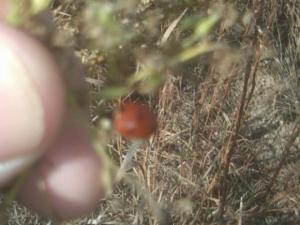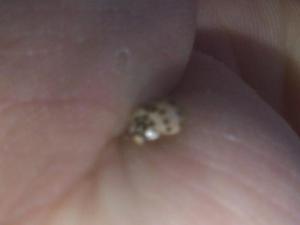
I have written about the Anacostia River and dragonflies a few times before and their importance. Recently I was out freezing my butt off and removing trash from Dueling Creek, when a dragonfly whizzed past and landed. I paddled my kayak over, hopped out into cold, calf-deep mud, and stealthed my way to where the dragonfly had landed. There I found Sympetrum vicinum basking in the sun! I was able to get a couple of documentation photos and respectfully back off without disturbing it.
This is a common species in North America and I have seen them in several places – often far from water in deserts. While this species may not be considered migratory, they do at least wander. Dragonflies of the genera Anax and Pantela typically come to mind when the conversation turns to migratory dragonflies, but some Tramea and Sympetrum species are also known to migrate. It isn’t too far-fetched to assume species with the flight abilities of most dragonflies would be migratory. Also, it is important to remember these are predators – to be successful in a predatory lifestyle requires thought and learning. While brain power is helpful in migratory situations, I think the example of monarch butterfly migration demonstrates that insect migration may still be best explained by invoking magic.
While this was a really cool sighting, it doesn’t mean much from a water quality/habitat stand point because the aquatic larval stage may have occurred in a totally different watershed. It does say that the Anacostia might have a reproductive population of Sympetrum vicinum or at least currently has a source of adults ready to repopulate the river once it becomes suitable habitat.







